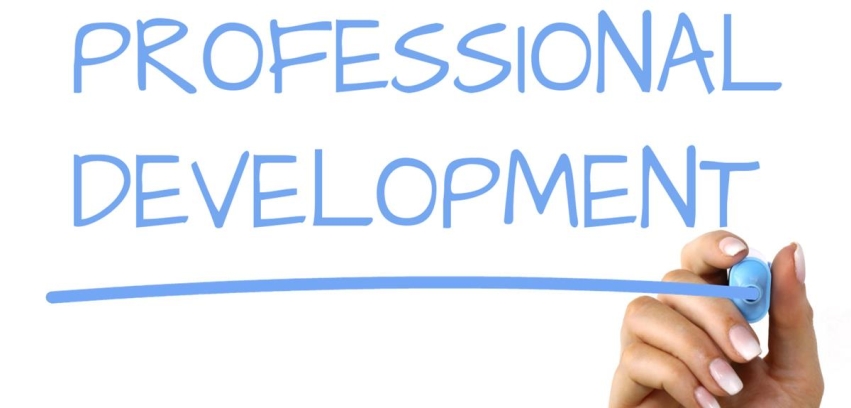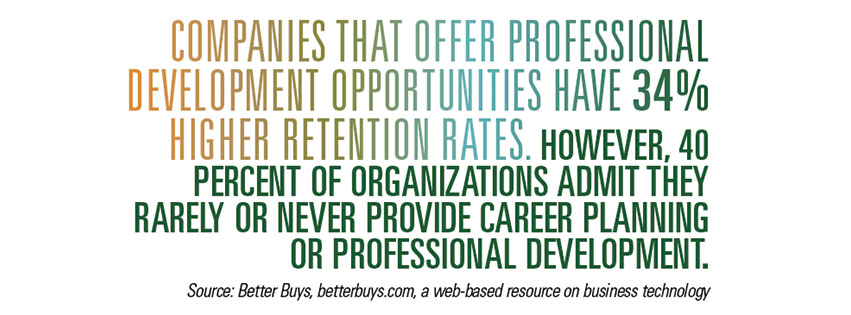
A recent survey from The Conference Board finds that 51 percent of U.S. employees feel satisfied with their job overall. But while attitudes about wages and job security have improved, workers feel disappointed with their job’s professional development aspects—a warning sign for any organization looking to attract and retain talent in today’s tight labor market. Conducted in late August 2018, the survey gauged approximately 1,500 individuals, who together comprise a snapshot of the U.S. workforce. Participants weighed in on 23 components that contribute to job satisfaction. Among its findings:
- Job satisfaction is improving faster for lower-income households. The tightening labor market has become more visible in blue-collar and low-paid service occupations than in white-collar occupations. As a result, labor market conditions for these workers have improved, and so has their job satisfaction.
- Overall job satisfaction increased for the seventh year in a row. During this period, wages and job security saw the largest improvements. Satisfaction has increased each year following the Great Recession.
- Employees’ greatest satisfaction involves their job’s relational and social aspects. Among the 23 survey components, participants gave the highest marks to the following five: people at work, commute to work, interest in work, their supervisor and the physical environment.
- Employees’ greatest disappointment involves their job’s professional development and recognition aspects. Participants gave the lowest marks to: workload, educational/job training programs, performance review process, bonus plan and promotion policy.
- The labor market will continue tightening through 2018 and 2019, benefiting employees and challenging employers. With workers having more job options than they have had in some time, companies will likely have to try harder to satisfy their workers for retention and productivity. As a result, job satisfaction for employees will likely continue to increase.

“To attract and retain the most productive employees in today’s labor market, companies must make a bigger commitment to addressing the factors within their control,” says Dr. Rebecca L. Ray, executive vice president of The Conference Board. “Among other steps, that entails addressing the job components with which employees are least satisfied, including job training, the performance review process and promotion policy. As workers continue to voluntarily leave their jobs at a record rate, the need to prioritize components relating to their professional development could not come at a more pressing time.” iBi

